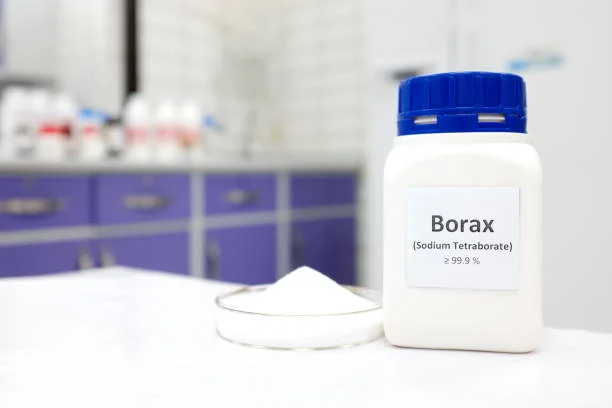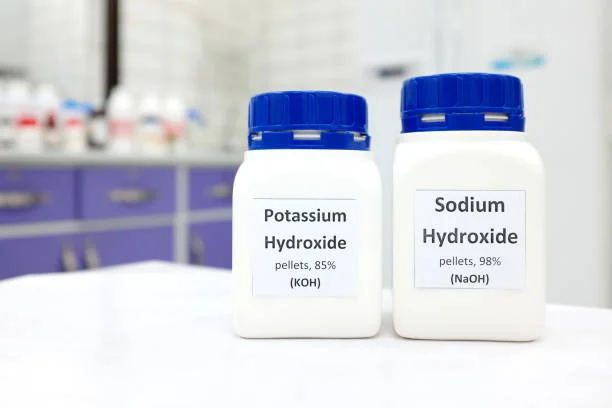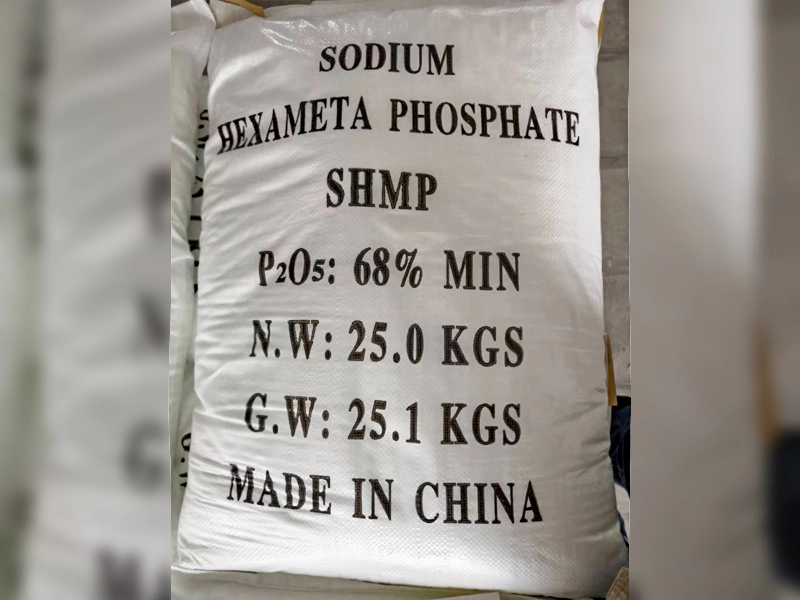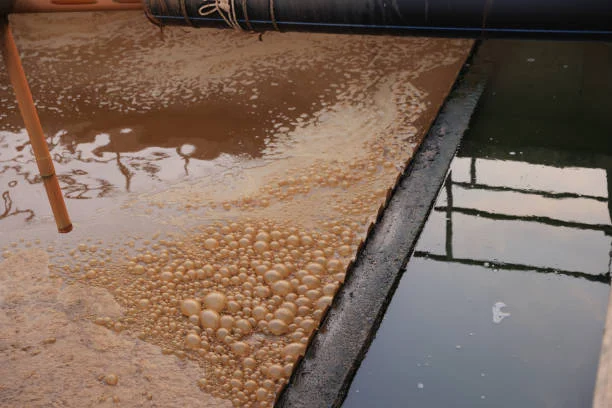Electroplating is a widely used industrial process that involves depositing a layer of metal onto a substrate to enhance its properties, such as corrosion resistance, wear resistance, and aesthetic appeal. Among the various methods employed in electroplating, Sodium cyanide has emerged as a significant player, despite its well-documented hazards. This article explores the advantages of using Sodium Cyanide in electroplating, its implications for the industry, and the ongoing discussions surrounding its safety and environmental impact.
Understanding Sodium Cyanide in Electroplating
Sodium cyanide (NaCN) is a highly toxic compound that has been utilized in various industrial applications, including electroplating. In the context of electroplating, sodium cyanide serves as a key component in the plating solution, facilitating the deposition of metals such as copper onto various substrates. The Electroplating Process involves the use of an electrolytic cell, where the substrate acts as the cathode and the metal ions in the solution are reduced to form a solid metal layer.
Advantages of Sodium Cyanide Electroplating
Degreasing and Activation Capabilities: One of the primary advantages of sodium cyanide in electroplating is its inherent degreasing and activation properties. The presence of cyanide in the plating solution helps to remove oils and contaminants from the substrate surface, ensuring better adhesion of the metal layer. This is particularly important for achieving high-quality electroplated finishes.
Strong Complexing Ability: Sodium cyanide exhibits a strong complexing ability, which allows it to effectively stabilize metal ions in the solution. This characteristic is crucial for maintaining a consistent plating process, as it minimizes the impact of impurities that may be present in the bath. The ability to maintain a stable solution contributes to the overall quality of the electroplated layer.
High Cathode Polarization: The electroplating bath containing sodium cyanide demonstrates high cathode polarization, which enhances the overall plating efficiency. This property allows for uniform deposition of metal across the substrate, even in complex geometries. As a result, manufacturers can achieve consistent and reliable electroplated finishes on intricate parts.
Versatility in Process Specifications: Sodium cyanide electroplating is characterized by its wide operating range and flexibility in process specifications. This versatility makes it suitable for a variety of applications, including those involving complex shapes and geometries. The ability to adapt the process to meet specific requirements is a significant advantage for manufacturers.
Quality of the Coating: The coatings produced through sodium cyanide electroplating are known for their bright surface finish, fine crystal structure, and low porosity. These characteristics not only enhance the aesthetic appeal of the electroplated parts but also contribute to their functional properties, such as conductivity and solderability. The high-quality finish achieved through this method is often preferred in industries where appearance and performance are critical.
Cost-Effectiveness: From a production standpoint, sodium cyanide is often considered irreplaceable due to its Low Cost and efficiency. The economic advantages of using sodium cyanide in electroplating are particularly relevant for small electroplating plants that may lack advanced testing facilities. The ability to operate effectively at low concentrations of cyanide further enhances its practicality, allowing for cost savings without compromising quality.
Industry Implications and Safety Concerns
While the advantages of sodium cyanide in electroplating are clear, it is essential to acknowledge the safety and environmental concerns associated with its use. Sodium cyanide is highly toxic, and exposure can lead to severe health risks for workers and environmental contamination if not handled properly. As a result, the electroplating industry faces increasing scrutiny regarding the use of hazardous materials.
Regulatory Compliance: The use of sodium cyanide in electroplating is subject to strict regulations aimed at protecting workers and the environment. Manufacturers must adhere to safety protocols, including proper handling, storage, and disposal of cyanide-containing waste. Compliance with these regulations is essential to mitigate risks and ensure the safety of employees and surrounding communities.
Worker Safety: The health and safety of workers in electroplating facilities are paramount. Employers must implement comprehensive training programs to educate employees about the hazards associated with sodium cyanide and the necessary precautions to take. Personal protective equipment (PPE) and safety measures should be in place to minimize exposure and prevent accidents.
Environmental Impact: The potential for environmental contamination due to sodium cyanide is a significant concern. Electroplating facilities must have effective waste management systems in place to prevent cyanide from entering water sources or soil. The development of alternative plating methods that reduce or eliminate the use of hazardous materials is an ongoing area of research and innovation within the industry.
Emerging Alternatives: In response to safety and environmental concerns, researchers and manufacturers are exploring alternative electroplating methods that do not rely on sodium cyanide. These alternatives aim to provide similar benefits in terms of quality and efficiency while minimizing health and environmental risks. The transition to safer plating processes is a critical focus for the future of the electroplating industry.
Conclusion
Sodium cyanide remains a vital component in the electroplating industry, offering numerous advantages that contribute to the quality and efficiency of the plating process. Its degreasing capabilities, strong complexing ability, and cost-effectiveness make it a preferred choice for many manufacturers. However, the associated safety and environmental concerns cannot be overlooked. As the industry evolves, the focus on worker safety, regulatory compliance, and the development of alternative plating methods will play a crucial role in shaping the future of electroplating. Balancing the benefits of sodium cyanide with the need for safety and sustainability will be essential for the continued success of the electroplating industry.
- Random Content
- Hot content
- Hot review content
- OCCUPATIONAL HEALTH & SAFETYMANAGEMENT SYSTEM CERTIFICATE
- Oxalic acid for mining 99.6%
- Sodiumsulfite Technical Grade 96%-98%
- 2-Hydroxyethyl acrylate (HEA)
- 99% Animal Feed Additive DL Methionine
- Cobalt Sulfate 98% Brown yellow or red crystal
- Potassium sorbate 99% Food Preservative
- 1Discounted Sodium Cyanide (CAS: 143-33-9) for Mining - High Quality & Competitive Pricing
- 2China's New Regulations on Sodium Cyanide Exports and Guidance for International Buyers
- 3Sodium Cyanide 98% CAS 143-33-9 gold dressing agent Essential for Mining and Chemical Industries
- 4International Cyanide(Sodium cyanide) Management Code - Gold Mine Acceptance Standards
- 5China factory Sulfuric Acid 98%
- 6Anhydrous Oxalic acid 99.6% Industrial Grade
- 7Oxalic acid for mining 99.6%
- 1Sodium Cyanide 98% CAS 143-33-9 gold dressing agent Essential for Mining and Chemical Industries
- 2High Quality 99% Purity of Cyanuric chloride ISO 9001:2005 REACH Verified Producer
- 3Zinc chloride ZnCl2 for High Molecular Weight Polymers Initiator
- 4High Purity · Stable Performance · Higher Recovery — sodium cyanide for modern gold leaching
- 5High Quality Sodium Ferrocyanide / Sodium Hexacyanoferr
- 6Gold Ore Dressing Agent Safe Gold Extracting Agent Replace Sodium Cyanide
- 7Sodium Cyanide 98%+ CAS 143-33-9











Online message consultation
Add comment: